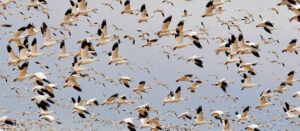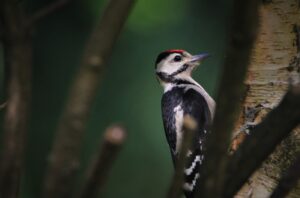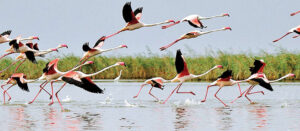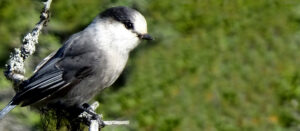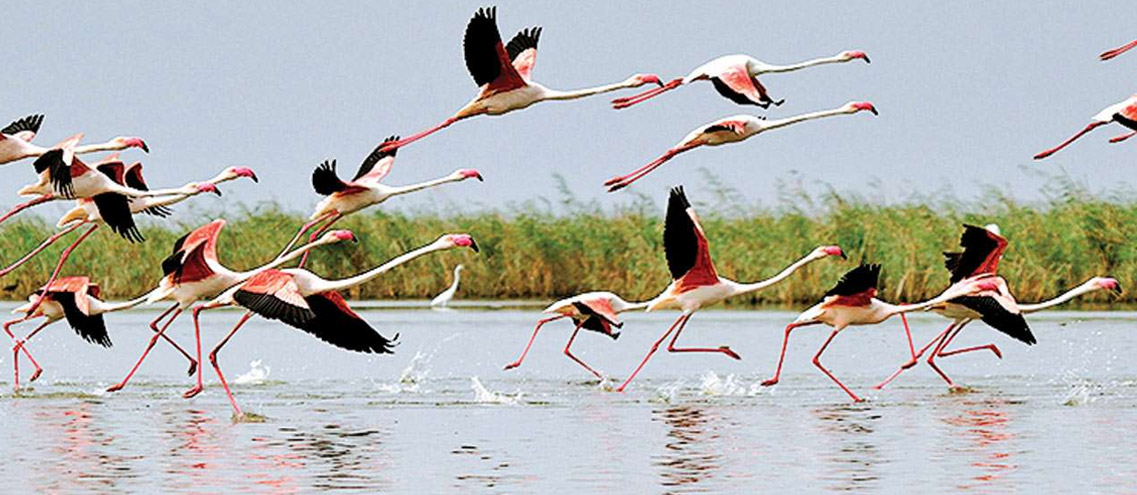
It is well known that some birds make miraculous journeys across the country and beyond. Migratory patterns occur all over the globe, particularly for birds seeking to leave colder climates to find more temperate warmer ones in the south for winter.
In this section we’ll explore some of the migrations made annually.
From the Arctic Circle to the Antarctic Circle
We’ll start with the most impressive migration; the Arctic Tern. This tenacious bird flies from one end of the earth to the other. And it does it every year! The birds migrate 30,000 km from Greenland to the Weddell Sea. They hatch in summer in the North, in the Arctic Circle and avoid the frozen winters by migrating south. As you can imagine the sound of thousands of birds in the colony is extremely noisy. However, just before the migration starts all the birds fall silent. This eerie event is known as “dread”.
After dread all the birds abandon their nests and fly together. Artic Tern mate for life and their lives are up to 30 years long. Whilst at sea they feed off ocean fish. Their lightweight bodies are ideal for gliding on the ocean breeze, and they can even sleep whilst gliding along. This is ideal, because there are not many places to stop to rest on this epic migratory route.
Canada Geese North America Migrations
The sight of a V formation of migratory geese is iconic. Typically Canadian Geese travel 2,000 to 3,000 miles to return to the place they hatched from to mate and rear the next generation of goslings. Little goslings have to learn quickly! Before they are even 1 day old their parents will lead them to water to learn how to swim and dive. By their 2nd or 3rd month they will have learned how to fly too. Canada geese are known to be violent protectors of their offspring. You may have seen a goose honking, hissing or flapping its huge wings to scare of a potential threat.
Not all Canada geese migrate. Some live in climates that are temperate enough year round and they’re quite happy where they are. Most however will migrate south from their colder northern habitats. Their normal environments of water where they fish for food may freeze over in winter. This forces the birds to migrate south to warmer climates.
Flamingo migration to Mumbai
Every year between October and March flocks of Flamingos migrate to Mumbai. Congregating mainly in the Navi Mumbai creek, they are also spotted in Thane creek, Vasai, and Panju Island. The sight of tens of thousands of pink flamingos in the wetlands of Mumbai is truly a sight to behold. The birds migrate annually from Rajasthan and Pakistan to breed. During the covid pandemic with the human population on lockdown, causing less disturbances to the bird’s natural habitat, even more birds flocked to the area. Plus the bird’s food source was found to be more plentiful due to a decrease in industrial waste and an increase in domestic waste, allowing algae to flourish too.
As much as 25% more flamingos were sighted in 2020 than previous years. Bombay Natural History Society estimated 150,000 flamingos migrated to Mumbai in 2020. Whilst the lockdown and pandemic was a terrible ordeal for residents, they could observe and photograph them from a distance. And really this is the best way to enjoy and respect nature anyway.
European Swifts’ African Migration
Swifts can be found throughout Europe and Asia. It is reported that there are somewhere between 20 and 30 million pairs of Swifts in Europe. Many fly to the UK to breed in late spring before migrating across France and Spain then spend winter in Africa. The sheer distances these birds travel is astonishing. You may find the rafters of your house or balcony is a nesting site for a pair of swifts who will return year after year.

